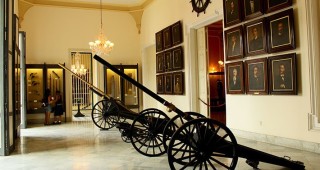A beautiful façade with a huge arched portal, a loggia supported by thick columns on pedestals, and beautiful mediopunto stained-glass windows above define this two-story 18th-century building on Plaza Vieja. Of great value are the murals on the exterior walls, restored recently along with the rest of the building. The ground plan is irregular and the architecture was influenced by early Baroque style.
This two-story manion—not to be confused with the Casa del Lombillo in Plaza de la Catedral—was originally built for Don Sebastián Calvo de la Puerta, later named Marquis of Casa Calvo for his role as Marshall of the Royal Army. In 1871, the house was awarded to Dona Concepción Montalvo y Pedroso, married to Don José Lombillo, whose family inherited the title of Count of the House of Lombillo, which is why the edifice is known by this name.
Today it houses the Directorate of Projects of the City Historian’s Office.
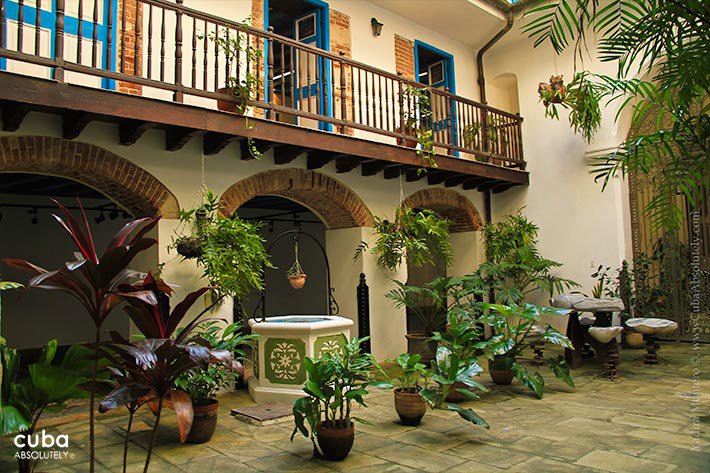

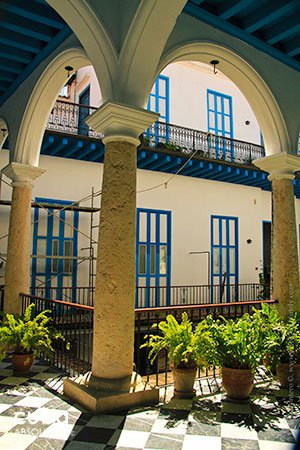

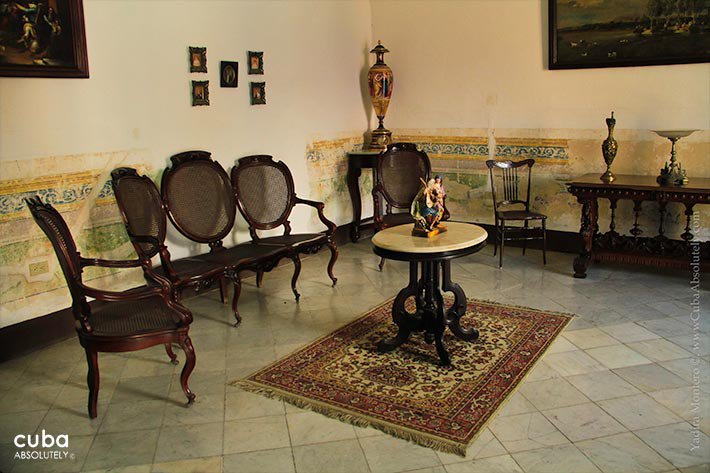
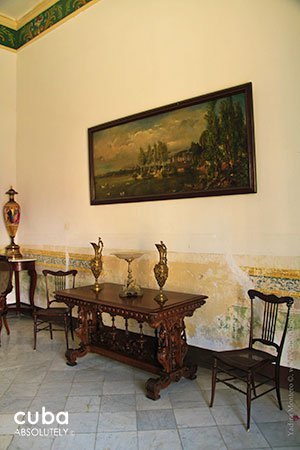
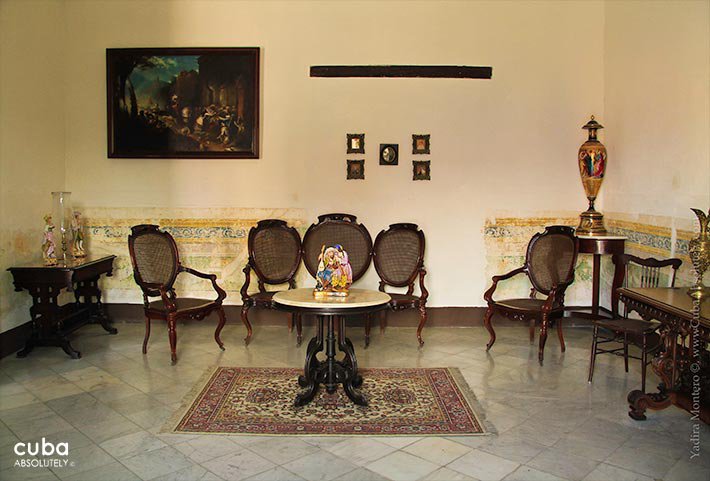
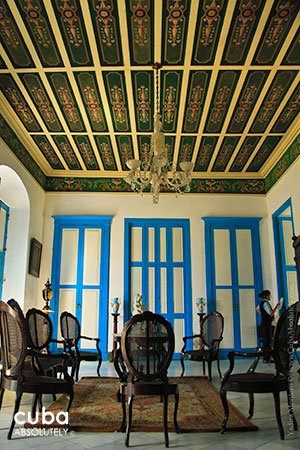
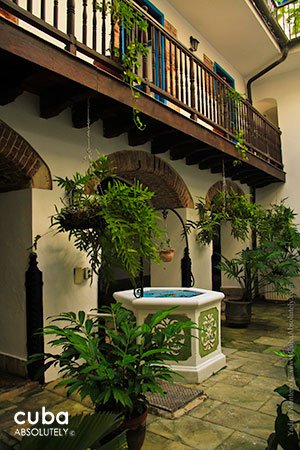



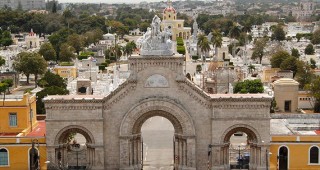
 Eclectic
Eclectic

